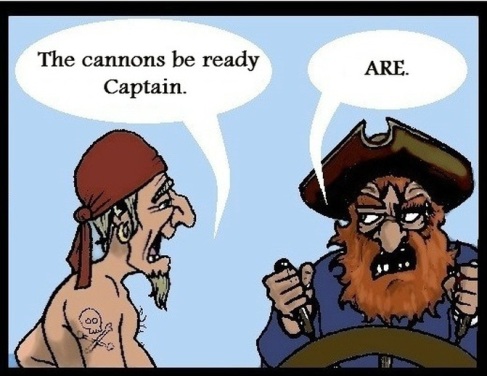If you’re in public relations and you’re not reading/watching/listening to the news on a regular basis, it’s time for a change.
I have the pleasure of speaking to public relations undergraduate classes at least twice a year. One of the first questions I ask them is “How many of you read the local news on a regular basis? (That is, at least a few times a week.)” A resounding one or two students raise their hand. “Okay, how about national news?” A few more raise their hands, but it’s always less than one third of the class.
I then go on a five minute lecture about the importance of staying in-the-know in our field. Here are some of the highlights:
You can have intelligent conversation with others
I don’t know every gritty detail of current events, but I have a general idea of some of the big topics from a local to international scale. If someone brings something up in conversation, I can tell that person I’ve heard about it, overview what I know and tell them I would really like to learn more. I’m being honest, engaging in conversation (perhaps strengthening a relationship) and learning something all at the same time.
Current events give you the opportunity to benefit your client
Perhaps there’s a topic that your client could be a source of information for a news outlet. Or maybe there’s a new trend coming up that your client could benefit from.
You’re keeping an eye on the competition
Always read the news with your clients in mind. Is someone doing something that you’re not?
Being a source of information for news outlets strengthens the relationship
Of course it has to be approached in the right way, but if you can be a valuable resource, who wouldn’t like that?
Reading is good for your brain
They may just be short news articles, but you’re working your brain every time you read something new.
“But I don’t have time to read the news!” Yes. Yes you do. And if you’re really swamped, at least check out The Skimm and scan the headlines from your local paper.

 Stop reading this post and think for just a second: What is one of your goals in life? (Personal or professional.)
Stop reading this post and think for just a second: What is one of your goals in life? (Personal or professional.)

 Here’s a brief recap of what we discussed:
Here’s a brief recap of what we discussed:
